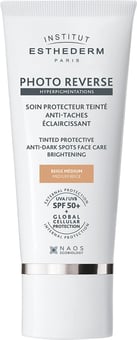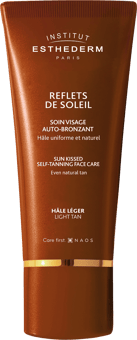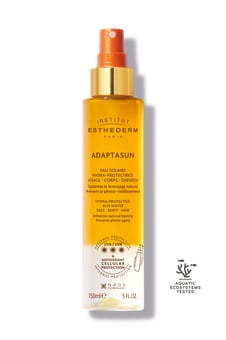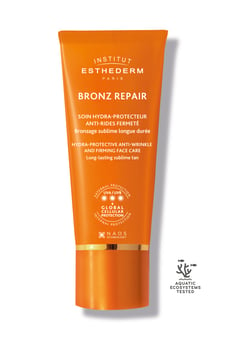Photo reverse Soin protecteur anti-taches éclaircissant teinté beige médium- Très haute protection SPF50+
INSTITUT ESTHEDERM

Photo reverse Soin protecteur anti-taches éclaircissant teinté beige médium- Très haute protection SPF50+
INSTITUT ESTHEDERM
Institut Esthederm Photo reverse Soin protecteur anti-taches éclaircissant teinté beige médium- Très haute protection SPF50+
Suncare Face, Neck

















